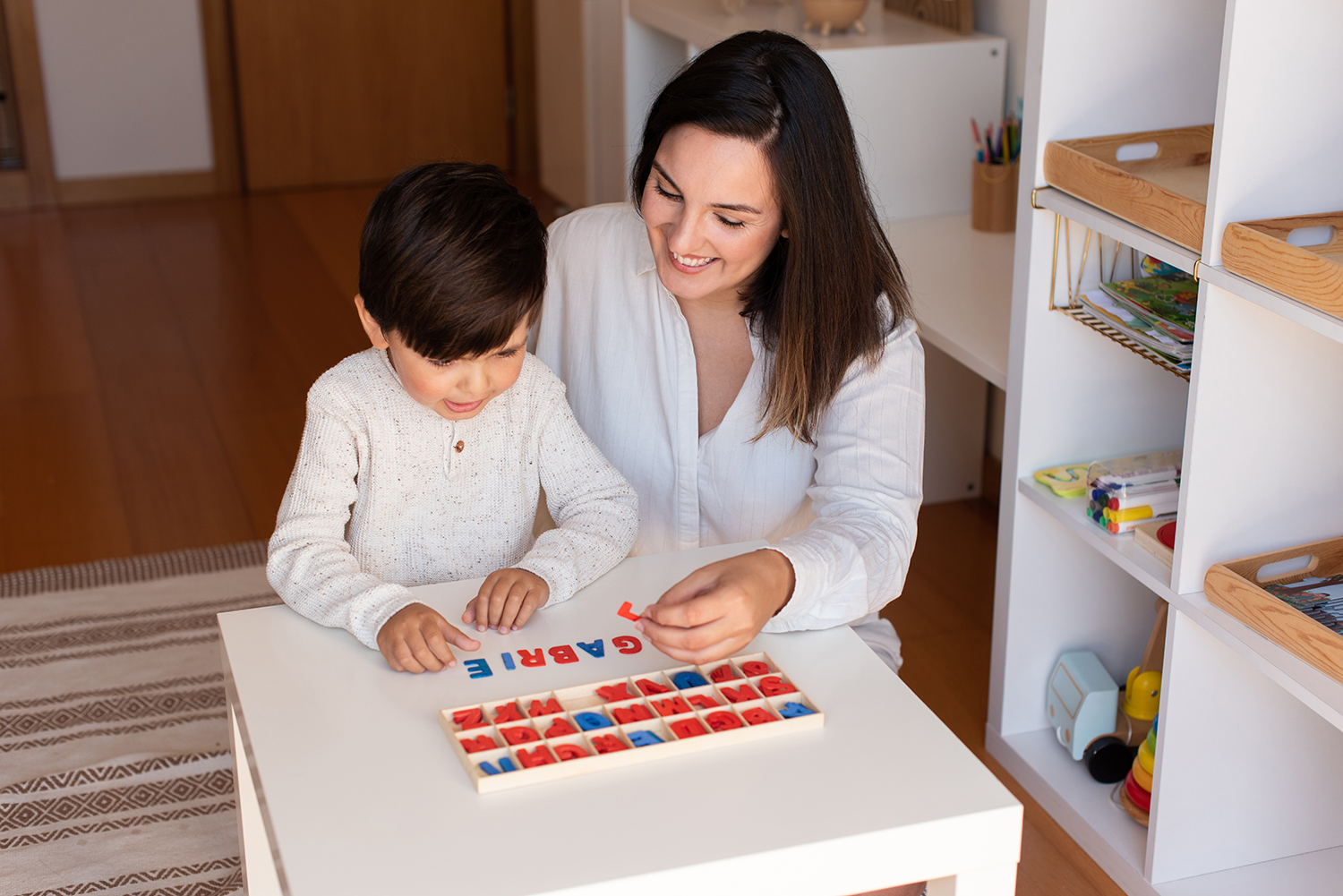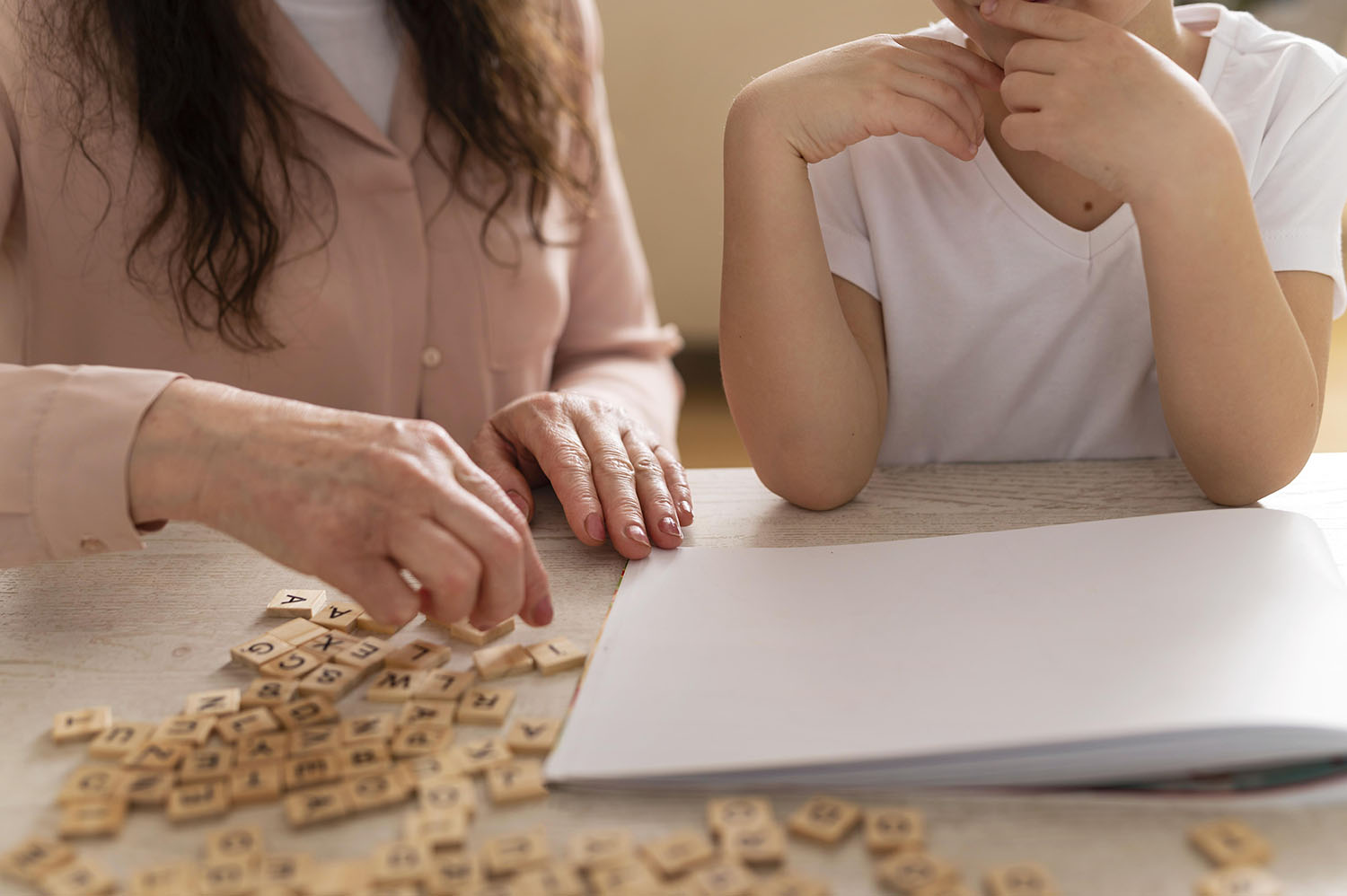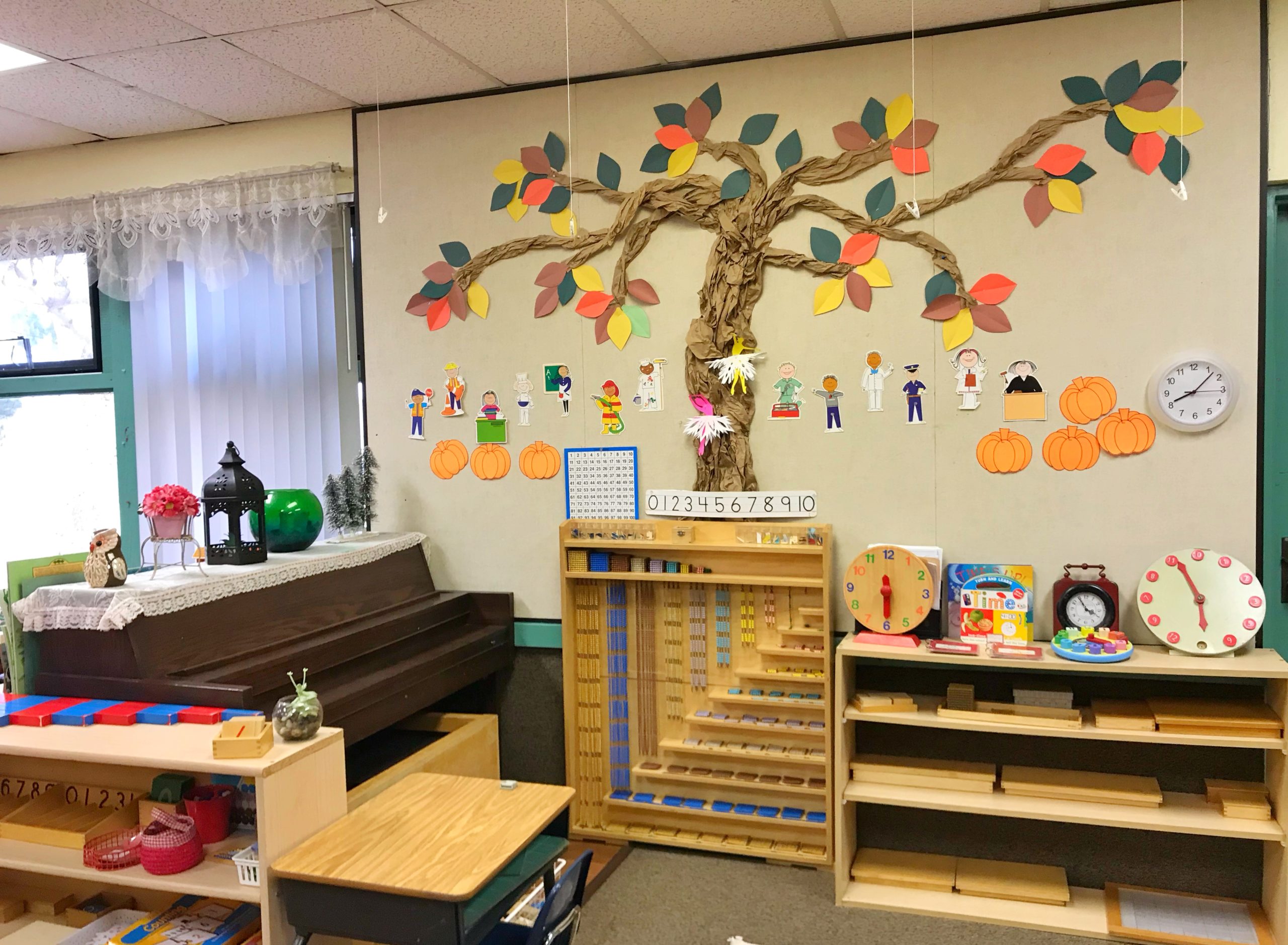
As we have seen in previous articles, the Montessori method is a very practical tool for motivating children to acquire skills according to their personal abilities. This is because this type of education focuses on the freedom of learning, without imposing mechanisms that they do not understand or that are not suitable for their age.
In this case, in addition to developing practical skills that will help the child in their daily life, the Montessori method can be a very useful tool for teaching them to read. In fact, at Central Montessori Schools (CMS), we have interesting language and art lesson plans that allow the child to develop their skills in specialized areas. In the case of reading, children can learn at their own pace with the tools presented by our team of professionals. Additionally, these activities can be replicated at home, which will help the child continue their education.
Now, if you want your children to learn to read from scratch at home, the following tips will be very useful for designing activities that allow them to develop this skill. It is important to note that, in order to learn to read with the Montessori method, you will need to allocate a space with some materials that will help foster learning.
If you don’t have the materials yet or are unsure which ones can help you, you can check the article ‘How to apply the Montessori method at home?’ on our blog. With it, you can design a harmonious space for your children and assist them throughout the process. Remember, you don’t need the most expensive or sophisticated objects. The simpler and easier to manipulate they are, the more useful they will be for concentration and achieving the desired goal.
Among the materials we will need for the activity are: sandpaper letters, movable alphabet, sandbox, chalkboards, and elements that make sounds. Furthermore, unlike traditional teaching, they will not need traditional textbooks, as everything will be done through play.
Another piece of advice is to identify the best time to start teaching. That is, if you see that your child is interested in reading or letters, it will be a good time to start with the activities. On the other hand, if you perceive that they are not interested, do not force them, as they will not make progress and may become frustrated. The important thing is that both of you have fun and learn.
Montessori Method and Reading

Firstly, it may seem that reading only requires the sense of sight. However, Montessori method specialists recommend using all the senses for reading. That is, taste, touch, smell, sight, and hearing should be actively engaged in the learning process. In fact, all the senses are used in every activity the child is learning.
You should also remember that the Montessori method does not aim to pressure children to acquire a skill. Instead, it uses the child’s current strengths to encourage the development of new ones. Additionally, this approach allows the child to gain knowledge through mistakes. Therefore, if you are going to start teaching them to read, you should allow them to make mistakes when pronouncing or pointing to a letter. Speaking of which, the first step to start reading is identifying words through sound.
Before teaching them what the word looks like, work on the sounds that make it up. For example, if they are going to learn to read the word “house,” the child should understand that it has the sounds of ‘H,’ ‘O,’ and ‘S.’ They can even pronounce the word in front of a mirror so that the child can visualize the movements of the word in their mouth. Once they can identify words without seeing them written, your child will be ready to transfer them into text and recognize them when written.
The next step will be to touch the letters. For this purpose, you can use sandpaper letters that have the shape of each letter, and have your child trace the outline with their finger. Continuing with the example of “house,” you can provide the sandpaper outlines for each letter and have the child trace them.
You can also have them draw the word in a sandbox or on a chalkboard. It’s worth noting that the Montessori method recommends writing in lowercase letters. Therefore, if they trace the word, they will be able to easily read it in this style. Additionally, children who already know how to write can improve their writing skills through these games, while those who haven’t learned yet can learn simultaneously with their reading.
In summary, if the child can identify words through their sounds and their forms, they will be able to associate them and read them on paper. In fact, specialists mention that parents can introduce their children to reading as early as 14 months through free play related to the Montessori method. However, if the child is still unable to read even though they can identify the words, you should remain calm and continue their education without pressuring them. Remember, everything should be at the child’s own pace, without forcing or repressing them.
If you need assistance, at CMS, we offer specialized lesson plans to empower children and help them develop their skills, including reading and writing.




